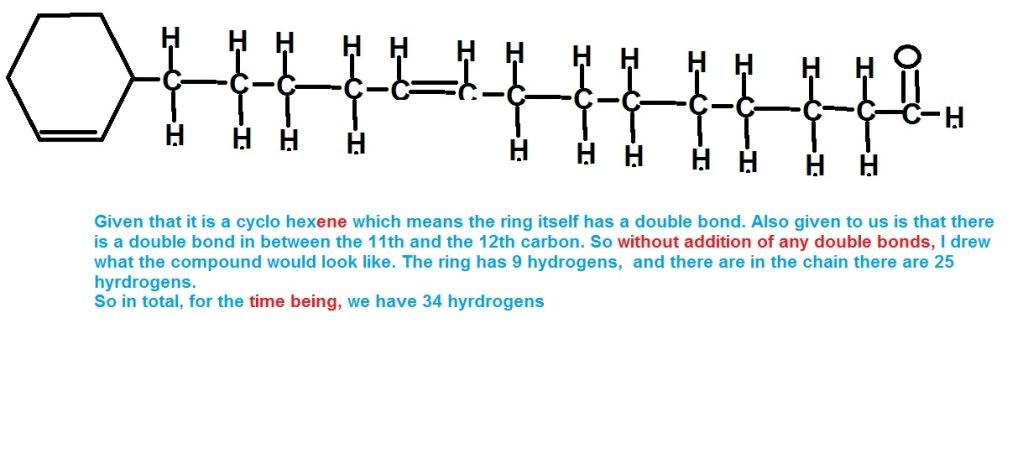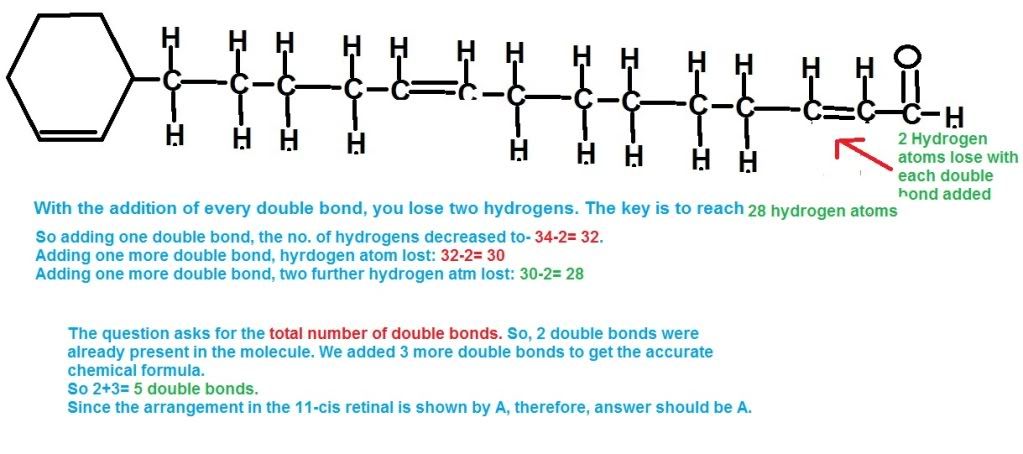hey guys need help with http://papers.xtremepapers.com/CIE/...d AS Level/Chemistry (9701)/9701_s05_qp_1.pdf question 1 and 2
thanks
We are currently struggling to cover the operational costs of Xtremepapers, as a result we might have to shut this website down. Please donate if we have helped you and help make a difference in other students' lives!
Click here to Donate Now (View Announcement)
hmm :/
hmm :/


That question is f`d up.. totally went over my mind. Need help in this...
answer is B
amount of sulphite use = conc x vol
= 0.1 x (25/1000)
=2.5x10^-3mol
2 electrons are lost
amount of electrons lost = 2 x 2.5 x 10^-3 ==== 5 x 10^-3 mol
amount of electorns gained by metallic salt = amount of electrons lost by sulphite
= 5 x 10^-3 mol
amount of metallic salt used = 0.1 x (50/1000) ==== 5 x10^-3
amount of electrons gained PER MOLE of salt = (5 x 10^-3)/(5x10^-3) = 1 unit
hence oxidation state of metallic salt decreases by 1 unit meaning the oxidation satate becomes +2 from +3!!! this is for the question 9 , some other person posted it
i got it looksee da above post
no no on the left side it has O and on the right it has H in B part. in C it has O on one side and Cl on the other side. that is what i meant by OPPOSITE poles. thus dipoles are formed.Hay there,
Thanks for helping out, but its still not solved
Option B has H and H on both sides.. (not H and Cl, if that would been, then it would be a sure answer, but its not like that)
Option C has Cl and Cl on both sides..
And I'll be grateful if you explain the question number 10 of the same paper. Why its answer is C, whats wrong in B ??\
Regards
okay woaaah!! :O umm... i think if i took the time of drawing out the whole friggin structure i cud maybe get the hang of it - or maybe noti got it look
remove a aldehyde group and the ring you are left with C13 H26 now acording to alkene general formulae there should have been 26 hydrogen as each double bond removes two hydrogen two double bond will remove the hydrogen . hence three double bond in cyclo hexene and 2 extra makes 5 hence A syed1995 daredevil
solid?which physical state has the greatest potential energy?
Anyone pls
http://papers.xtremepapers.com/CIE/...d AS Level/Chemistry (9701)/9701_s05_qp_1.pdf
Q1 and Q2
http://papers.xtremepapers.com/CIE/...d AS Level/Chemistry (9701)/9701_s06_qp_1.pdf
Q10
thanks in advance
mark scheme
http://papers.xtremepapers.com/CIE/Cambridge International A and AS Level/Chemistry (9701)/9701_s05_ms_1.pdf
http://papers.xtremepapers.com/CIE/...d AS Level/Chemistry (9701)/9701_s06_ms_1.pdf
For almost 10 years, the site XtremePapers has been trying very hard to serve its users.
However, we are now struggling to cover its operational costs due to unforeseen circumstances. If we helped you in any way, kindly contribute and be the part of this effort. No act of kindness, no matter how small, is ever wasted.
Click here to Donate Now